Achieving The Total Reconciliation Lifecycle Within One Platform
If I ask a dozen finance or operations people in the business world the same question “What is reconciliation?” the chances are that I will get at least half a dozen different answers. The reason is simple: they are involved in different types of reconcilements, and touch these at varying stages of a financial period. The reality, though, is that every business engages in a myriad of multiple activities that compare data, most often financial. The hope, of course, is that the two or more data sets agree. The reason, however, we even bother to reconcile is to fish out those that do not, assess the risk associated of why they do not (an exception), put in place what’s needed to resolve the problem, and, where possible, try to enact changes to make sure it doesn’t happen again.
You would think, therefore, that these processes could be standardized easily. Well some can, but, at the same time, all of them cannot. Let’s take some very simple examples. Every business has at least one bank account, some tens, others hundreds maybe in different currencies and with a broad range of banks. Regardless of the quantity, that organization needs to check that, for each account, what the bank has transacted on each account matches what actually happened. As the number of transactions grows it makes sense to perform a daily reconciliation. I mean, if you have fraudulent activity on your account where you issue a check for $1,000 and the bank clears it for $100,000, it’s far better to know about that before you issue 100 other checks that will all get returned causing a great deal of embarrassment with your vendors. So this example applies to pretty much any business.
Now let’s take a couple of other scenarios. You are a public company in the United States coming under the jurisdiction of the SEC. Since those pesky Enron-type corporate financial scandals over 10 years ago, and the subsequent passing of the Sarbanes-Oxley Act in 2002, general ledger account reconciliations are now a legislated requirement. This is not primarily transaction-focused matching activity, rather a period end one (monthly or quarterly depending on the assessed level of risk) that is primarily comparing balances within the general ledger or between the general ledger and various sub-ledgers. It is still a “reconciliation” but completely different to the bank reconciliation and, as such, requires a different set of functionality if you elect to automate this process (and there are many good reasons for doing so).
Let’s take it a stage further. Now you are an investment manager dealing with high value trading activities on one or more exchanges, and working with multiple third parties who transact these trades on your behalf. Timely and effective reconciliation is critical here as an error could cost millions or even hundreds of millions of dollars not to mention a potentially shattered reputation. What happens if you believe you have purchased 1,000,000 stocks for your client but an error was made and, in reality, you hold only 10,000. Ding. So, with high values and volumes at stake, you probably want to undertake three inter-related reconciliations daily: positions (effectively balances) of stocks held on your books vs. what a custodian is actually holding; trading activities that make up these positions (the buys and sells you have instructed vs. what was actually executed on your behalf); and finally cash settlements. Three very different types of reconciliation activity just for one industry example.
So here is the challenge. Reconciliation, however critical to good financial governance, has never been glamorous. When was the last time you heard someone introduced as the CRO or Chief Reconciliation Officer? It has evolved over time as more layers of control have been required. And, in many companies still today, it is often handled at a very devolved or departmental level. This has allowed point technology solutions to spring up over the years, from the number crunching mainframe solutions of the 1960s handling transaction matching, to, in the example above, the trade reconciliation products developed for one specific industry, and more recently to the period end attestation and certification solutions that address only the period end general ledger account reconcilements envisioned by Senator Sarbanes and Representative Oxley.
This patchwork of reconciliation solutions costs money – far more than it should. Of course that benefits the technology providers but, in these challenging economic times, serves their customers less well. The software systems developed by vendors that traditionally dealt with daily matching activities don’t handle the period end stuff well if at all. And because people have been deploying automation for these activities for much longer, they tend to be based on dated technology and design. The inherently much simpler solutions that sprung up after 2002 and speak the language of the accountants when talking about account verification flake out when presented with high volume matching activities. Some technology providers have plugged their product and knowledge gaps through acquisition leading to a mix of technologies, user interfaces, and system administration. All this adds up to increased cost and more complexity than is truly necessary.
So what’s the solution? In essence a single platform, designed from the ground up to leverage the latest proven technology. One that is as comfortable handling that daily bank rec, can do all the positions and trading activity matching in the investment industry example, and then can meet all the period end GL account reconciliation needs required of public companies but good financial practice for others. One system to address all of an organizations needs within a single integrated, web-based platform: the ReconArt™ Total Reconciliation Lifecycle™ platform.

 follow our blog
follow our blog
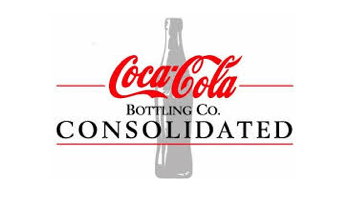
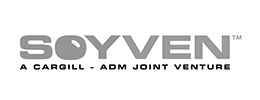

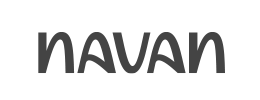


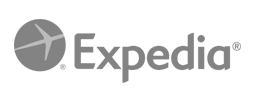

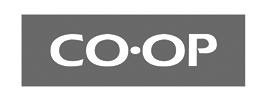
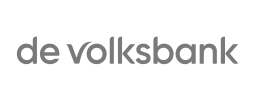
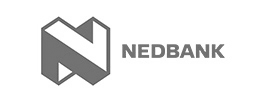


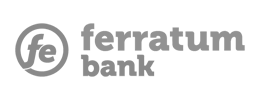
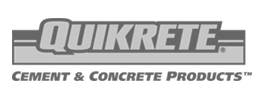
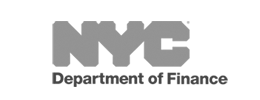
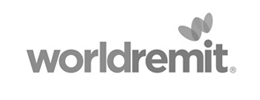
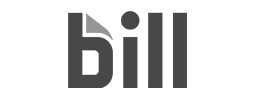
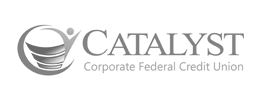

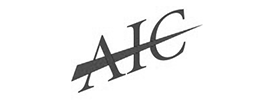
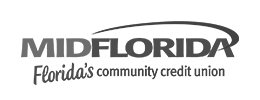
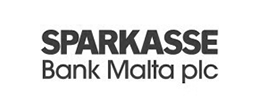
 Quick response
Quick response

